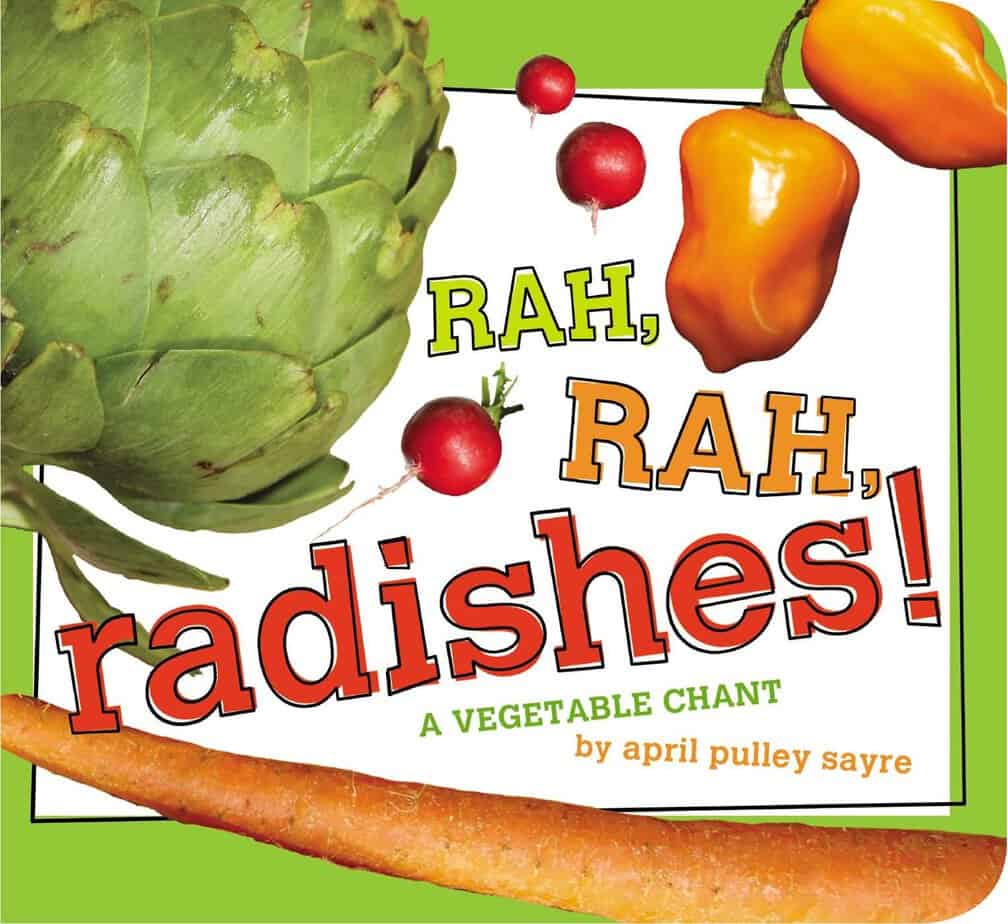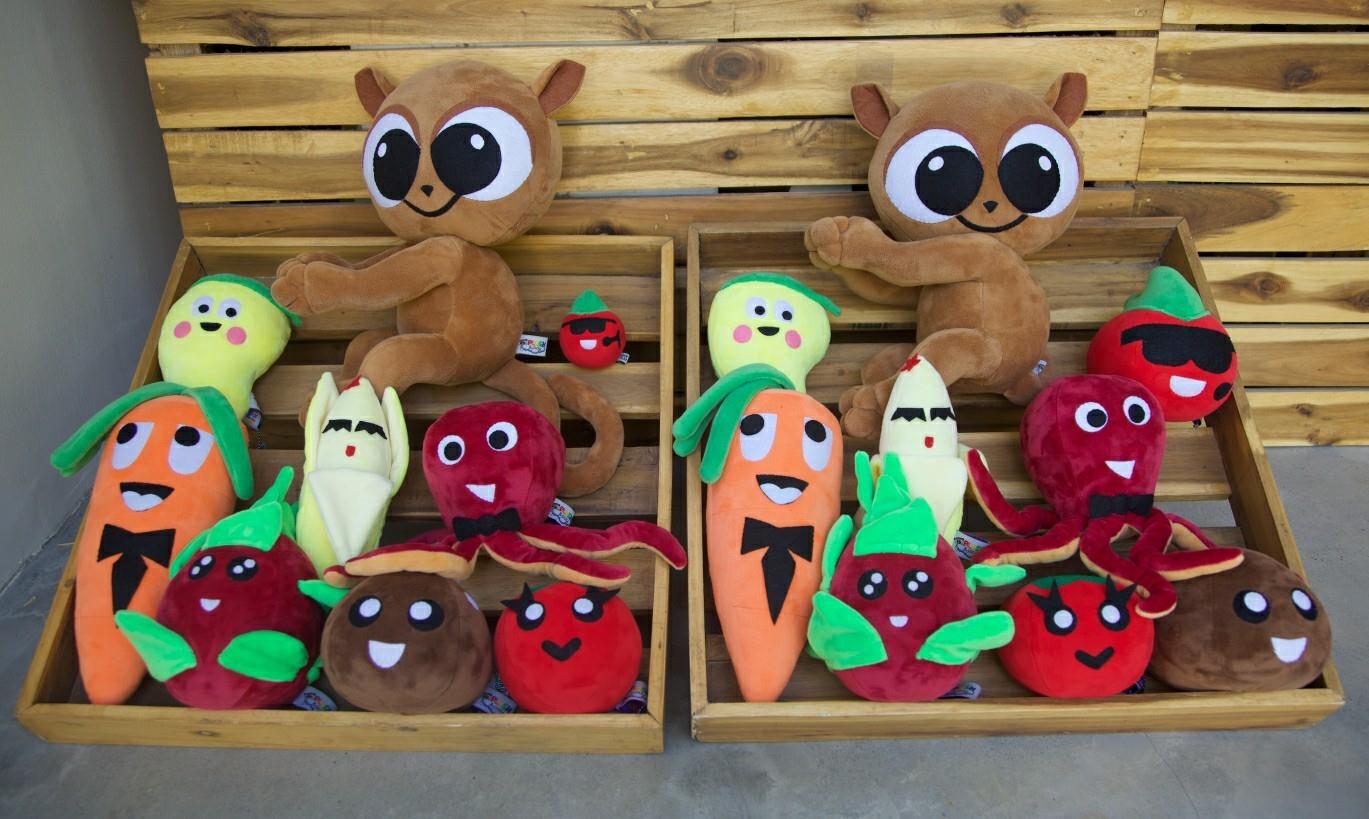
We’ve all seen that familiar commercial – that of a mom chasing a toddler to feed a carrot, or a baby’s disgusted face at the sight of a piece of green vegetable! But every parent wants the best for their children and that involves making sure they consume healthy and nutritious food.
Vegetables and fruits are rich in fiber, antioxidants, vitamins and minerals – essential compounds that will set your child up to a healthy future, including supporting their growing bodies, and strengthening immunity naturally.
Early on, it’s important to teach your child healthy eating habits that will stay with them as they grow older. But herein lies the challenge: children inherently do not like the bitter tastes in vegetables and they also do not like trying new things. As a parent, what can you do?
Here are some tips to encourage your child to stay away from processed foods and eat a diet rich in fruits and vegetables.

Introduce vegetables first
The best sound advice from a pediatrician is to make sure that when it’s time to introduce solids to the baby, start with vegetables, instead of fruits or cereals. The baby will definitely appreciate the shift from drinking milk the past months to trying something new.
By doing this, the baby develops a liking for the taste of vegetables first, and would most likely tolerate them (at the very least) after she eats something sweet. Start with a vegetable that has a more neutral flavor, like potatoes, sweet potatoes, and squash. Then gradually introduce the ones with bitter notes, like broccoli, cauliflower, and celery.
Set an example
One of the simplest ways to get your toddler to eat vegetables is to eat yours. From swiping the screen on your cell phone, to pulling out your lipstick, as you know by now, there’s nothing a toddler likes to do more than imitate you.
So lead by example by making sure you eat plenty of healthy foods too, or perhaps, more conveniently, join her during meals. Share a plate of vegetable sticks and fruit slices together. Make the meals fun and exciting by talking, describing each food, or telling a story.

Keep trying
If at first you don’t succeed, try and try again. It’s completely normal for a baby to dislike veggies at first try. But according to studies, repetition helps.
In a study published in the Journal of Nutrition Education and Behavior, the researchers found that repeated exposure increased the preschoolers’ willingness to try the food. Research also found that it can take 8 to 15 repetitions before they decide to like it. Try serving a smaller portion, so it’s not overwhelming.
Photo of Rah, Rah Radishes from Amazon

Read children’s books about veggies
Exposure to food does not only mean eating time. It can also be the various ways they hear about or interact with vegetables and fruits. Having them touch and play with the vegetables is helpful. At the grocery store, let them choose the vegetables. If they’re old enough, welcome their help in the kitchen.
Another helpful tip: try reading vegetable-focused books containing rhymes and vivid pictures to make it fun and educational at the same time.
Try these books:
- Oliver’s Vegetables by Vivian French
- Eat Your Colors by Amanda Miller
- I Can Eat a Rainbow by Annabel Karmel
- Monsters Don’t Eat Broccoli by Jean Barbara Hicks
- Zorah’s Zucchini by Katherine Pryor
- Rah, Rah, Radishes by April Sayre
A great option is these cute plushie vegetable and fruit toys. Have fun inventing stories and making up songs around vegetables. (Check their website: plushandplay.com)

Praise, not punish
The least you want to happen is for the whole experience to be traumatic for the child. Should she reject the food, or throw it to the ground, take a deep breath and remember it takes many repetitions. Relax, tomorrow’s another day.
Do positive reinforcement by dishing out awards every time they try or eat their vegetables. Use phrases like “You did so good eating that squash.” Try other rewards like stamps, stickers, and blowing bubbles.
Get creative
Get your creative juices flowing. Make veggies fun, colorful and of course, tasty! Cook the veggies in butter, season with salt. Try making a veggie face (cucumber eyes, tomato nose, green bean mouth, shredded carrots for hair). Add a cheese dip for the carrot and cucumber sticks. Play around with the colors and shapes of the vegetables. Try roasting veggies, or making a cheesy pizza topped with mushrooms and broccoli.
It’s been suggested to “trick” or hide the vegetables in foods they like, like pancakes and waffles, or incorporating veggies in fruit jams. However, this won’t change the child’s behavior and thinking about vegetables, so it’s best to use this trick sparingly. Experts still recommend giving the veggies to your child in its original form.

The bottom line
Are you a parent struggling to make your baby eat more nutritious food? You’re not alone!
Picky eating is completely normal. But we totally get it when patience starts to run thin. As parents, that’s perfectly normal too. But rather than wallow in frustration and impatience, it helps to understand where your child is coming from, and to read up on studies, findings, and expert advice. Keep mealtimes fun and stress-free and follow the tips above.
After all, we just want what’s best for our kids, right? When they grow old, they’ll understand why having a strong immunity or immune health naturally is important. And a diet rich in fruits and vegetables will support a healthier immunity.
A helpful saying goes, “it’s a marathon, not a sprint.” So, don’t be too hard on yourself. Take it one day, one meal at a time. You got this!
Tags
References:
https://www.healthxchange.sg/children/food-nutrition/food-children-fruits-vegetables-important
https://www.verywellfamily.com/proven-ways-to-get-kids-to-eat-vegetables-5117020
https://kidshealth.org/en/parents/more-veggies.html
https://www.nutrition.org.uk/life-stages/toddlers-and-pre-school/learning-to-love-vegetables/
https://healthyeating.sfgate.com/benefits-fruits-vegetables-kids-6463.html
Cover Photo from Pexels by Kindel Media



0 Comments